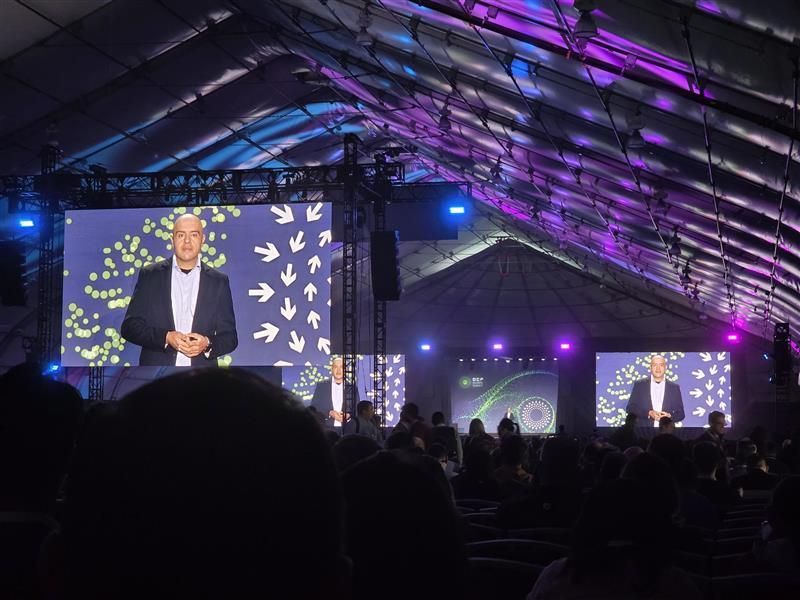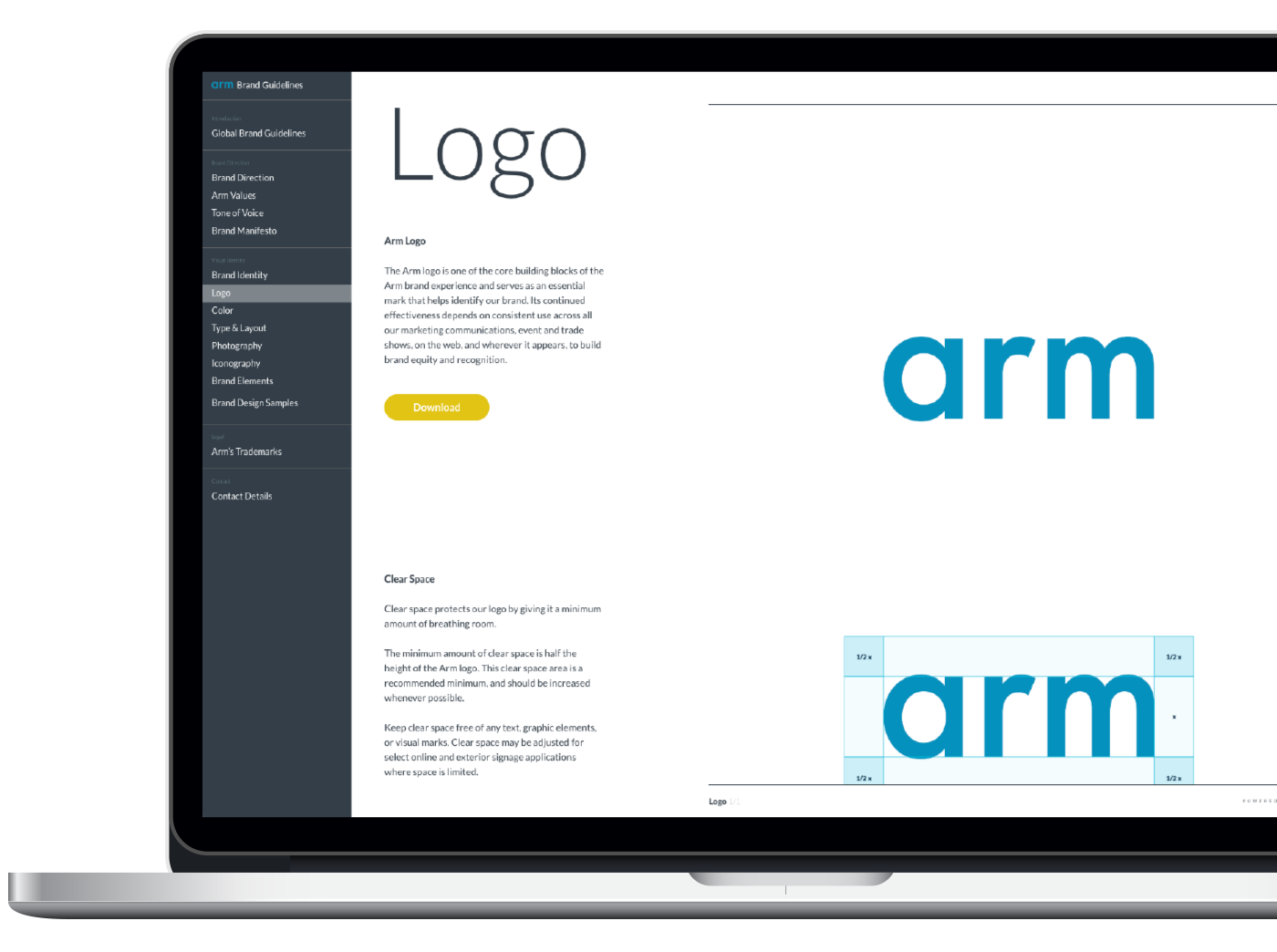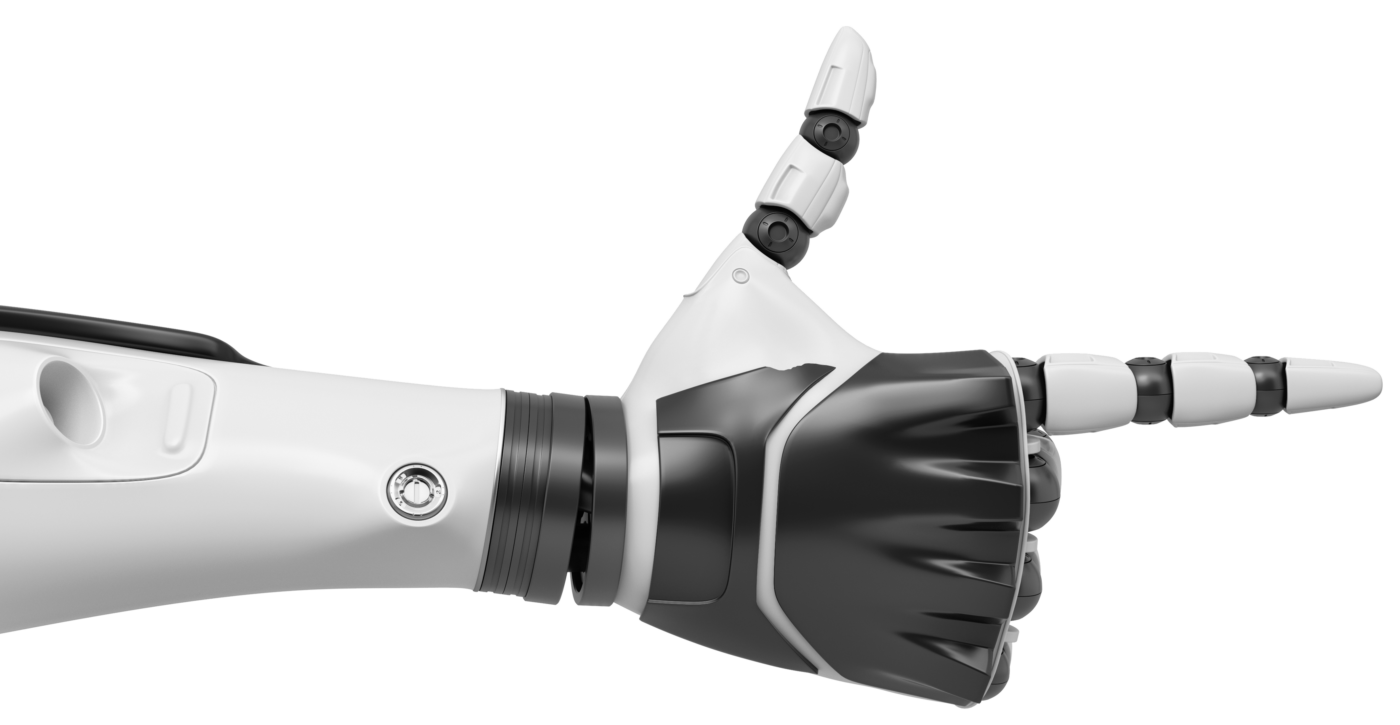What Happened at the 2025 OCP Global Summit?

Walking through the San Jose Convention Center, it was immediately clear that the 2025 Open Compute Project (OCP) Global Summit is one of the industry’s leading events for technology visionaries who are all rethinking how the world powers artificial intelligence (AI).
Booths stretched wall-to-wall with servers and AI systems, with each one demonstrating a piece of a large conversation: How to build open, efficient, and sustainable AI infrastructure?
In the midst of it all, Arm took center stage with a clear message: the next generation of AI infrastructure must be composable, modular, and power-efficient. Throughout the event, we showcased how open collaboration, performance-per-watt, architectural efficiency and modular design principles are all paramount for a sustainable AI future.
Defining the Open, Converged AI Data Center
At OCP Global Summit 2025, Arm introduced a framework for the new era of AI called the open, converged AI data center, a blueprint for sustainable growth built on shared standards and modular compute.
As Mohamed Award, SVP and GM of Arm’s Infrastructure Business, said during his keynote: “Arm sees the converged AI data center as the next phase of infrastructure, maximizing AI compute per unit of area to reduce power and cost. To build this next phase requires co-designed capabilities across compute, acceleration, memory, storage, networking and beyond.”
This message echoed a core 2025 OCP Global Summit theme: composable infrastructure. Meanwhile, various sessions and panel showed the need for open interfaces that unify compute, networking, and memory into one scalable system.
Eddie Ramirez, VP of Arm’s Infrastructure Business, was joined by Meta’s Santhosh Srinath, Rebellions’ Jinwook Oh, and Novatek’s Daniel Ping to share insights on how chiplet-based architectures built on Arm platforms are driving the next wave of AI-ready infrastructure.

Accelerating the Chiplet Revolution at the 2025 OCP Global Summit
A major highlight from Arm’s participation at the OCP Summit 2025 was the contribution of the Foundation Chiplet System Architecture (FCSA) specification. The ISA agnostic FCSA builds on Arm’s earlier Chiplet System Architecture (CSA) work, with this defining how chiplets from multiple vendors can interoperate seamlessly within a single package.
This initiative sets the foundation for a truly open chiplet marketplace, where design reuse, flexibility, and scalability across multiple platforms become the norm. “As AI workloads diversify, the ability to mix and match best-in-class chiplets will be key to maintaining performance and efficiency,” Awad said. “FCSA provides the blueprint to make that possible.”
Extending Chiplet Innovation to the Edge and Automotive
The conversations at the OCP Global Summit 2025 extended beyond hyperscale environments, with Arm highlighting how chiplets are transforming edge computing, especially in automotive markets.
Through expanding FCSA to automotive markets, Arm is helping to build an open, collaborative chiplet ecosystem that can support the growing complexity of automotive compute. For automotive developers, chiplet-based designs can shorten development cycles, reduce cost and enable scalable systems-on-chip (SoCs) that meet both performance and safety requirements for future AI-defined vehicles.
As Suraj Gajendra, VP, Product and Solutions, in Arm’s Automotive Business, said in this blog: “We believe that an open chiplet standard is essential for delivering the safety, performance and scalability required for the next generation of vehicles, and with FCSA, we’re laying the foundation to achieve that vision.”
Expanding the Arm Total Design Ecosystem
At the OCP Global Summit, Arm also highlighted the rapid growth of the Arm Total Design ecosystem, which has tripled in membership since its launch just over a year ago. It now includes partners across silicon, packaging, software and system integration that are all focused on accelerating time-to-market for next-generation SoCs and chiplet-based designs.
Together with the FSCA, Arm Total Design empowers companies of all sizes to innovate faster, scale efficiently, and bring inference closer to the edge. As Ramirez said in this Tech Arena article: “Efficiency isn’t just an advantage anymore; it’s a survival requirement.”
Arm Appointed to OCP Board of Directors
The 2025 OCP Global Summit opened with a major announcement that Arm had been appointed to the OCP Board of Directors alongside AMD and NVIDIA. This milestone underscores Arm’s leadership in defining open compute standards and its commitment to shaping the future of AI infrastructure through global collaboration. The appointment also reflects Arm’s unique position as a system-level enabler, connecting silicon innovation with developer ecosystems, data centers, and the intelligent edge.
Insightful Discussions and Latest Innovations on the Arm Booth
Activities at the Arm OCP Global Summit 2025 booth reflected the core themes of the event, with great conversations, meetings and insights around the open, converged AI data center and the importance of sustainable AI, especially as AI compute demand continues to surge.
At the booth, Arm showcased a broad range of Arm-based compute platforms, spanning from DPUs and IPUs to CPUs, that power some of the world’s most advanced AI infrastructures and supercomputers.
Featured platforms included:
- NVIDIA Grace Blackwell GB300 superchip
- NeuReality NR1 Network Addressable Processing Unit
- Novatek Neoverse CSS N2-based SoC
- Additional systems from Marvell, xSight, and many others

Visitors at the Arm booth also experienced first-hand how Arm technology is shaping the future of AI and cloud infrastructure through a variety of demos. These included:
- An Agentic AI demo powered by Arm-based NVIDIA Grace Hopper CPUs showing how Arm-based CPUs work in tandem with accelerators to deliver the performance and efficiency needed to handle complex, multi-agent AI workloads.
- The Arm Cloud Migration demo highlighting how simple it is to transition workloads from x86-based instances to Arm-powered cloud platforms, revealing clear performance and cost efficiency gains across multiple clouds and a broad range of use cases.
- Arm’s Shift Left demo showing how early software and hardware co-design is helping partners bring next-generation silicon to life faster.
- A collaboration demo with Rebellions, which demonstrated how AI training and inference scale efficiently on Arm Neoverse-based platforms, reinforcing Arm’s central role in next-generation AI infrastructure.
Key Takeaways of 2025 OCP Global Summit
The 2025 OCP Global Summit showed that the AI infrastructure conversation is shifting, from proprietary silos to open, converged systems built on shared standards.
Arm’s contributions at the event showcase our role as a systems-level leader, one that connects silicon innovation with the needs of developers, data centers, and the intelligent edge.
As the industry moves toward more connected intelligent, and efficient systems, Arm continues to set the standard for how sustainable, scalable, and collaborative AI infrastructure is designed and deployed.
Any re-use permitted for informational and non-commercial or personal use only.











